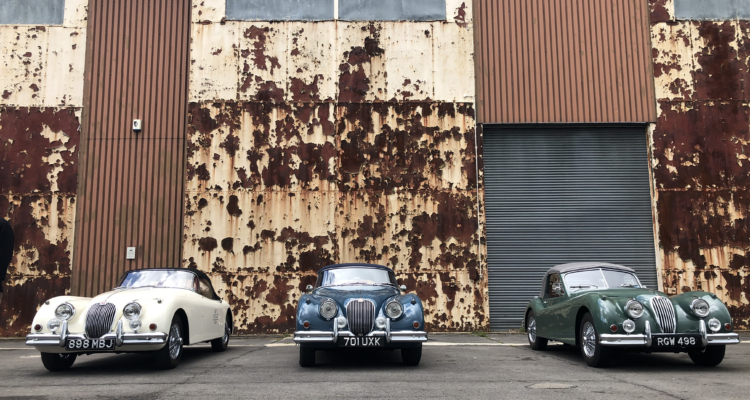Let’s Talk Tyres
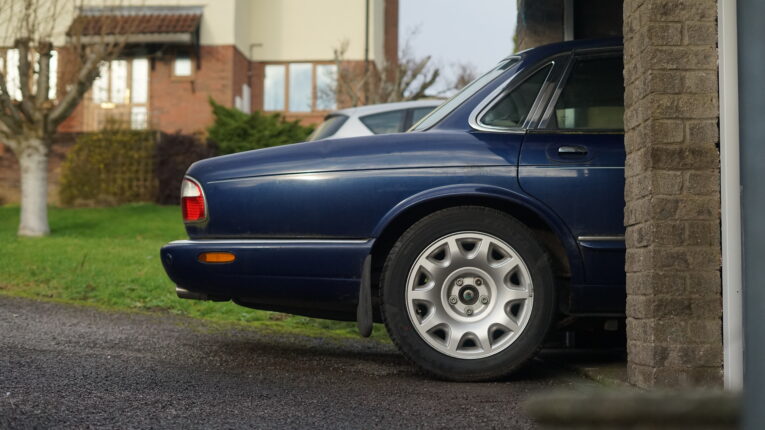
Tyres. They’re everything. It doesn’t matter how well your car has been restored. It doesn’t matter how much power it has. It doesn’t matter if the engine was built by a world-class expert. It doesn’t matter if you have thirty-eight pot brake calipers. If your tyres are a old, worn, low quality or damaged, it’s all in vain. Tyres are the black circles that connect you to the road. They are the point of friction between the car and the road. They are the difference between clipping an apex or ending up in a ditch, upside down, on fire. Yet, so many ‘enthusiasts’ overlook or flat out ignore tyres.
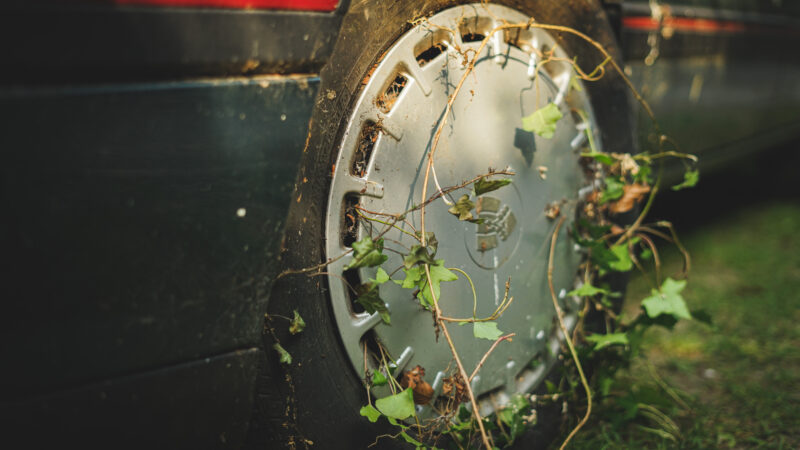
It’s important to have the right rubber on your car, classic or otherwise. And we want to help you do that. Not only will good tyres ensure you get the most out of your car, they will also keep you safe. This is why it’s important to know how to date tyres, how to match them, what to avoid, what seasonal tyres offer and how you can have modern tyre tech in a classic looking rubber. So grab a brew, have a read, and fill your lovely head with some rubbery knowledge.
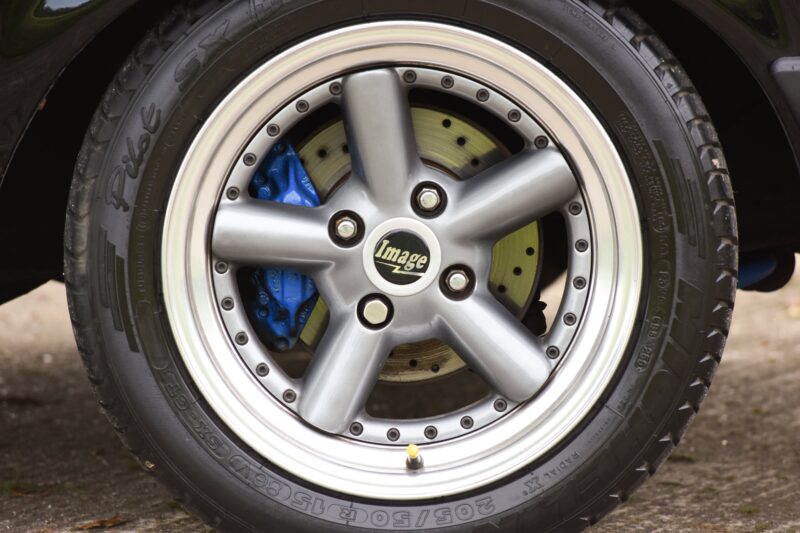
What’s my age again?
The first trap people fall into is the belief that if a tyre looks good, then it is good. Got loads of tread and showing even wear? There’s no damage to the sidewalls? Then you’re laughing, right? The tyre is in perfect fettle. Erm, no, because the thing you need to consider is the age of your tyres. Rubber ages like a fine… milk. The older it is, the harder and more brittle it gets. This is due not only to age, but to other factors like chemicals on the road such as salt and UV and heat fluctuations from the sun. This is why you need to check the manufacturing date on your tyres. But how?
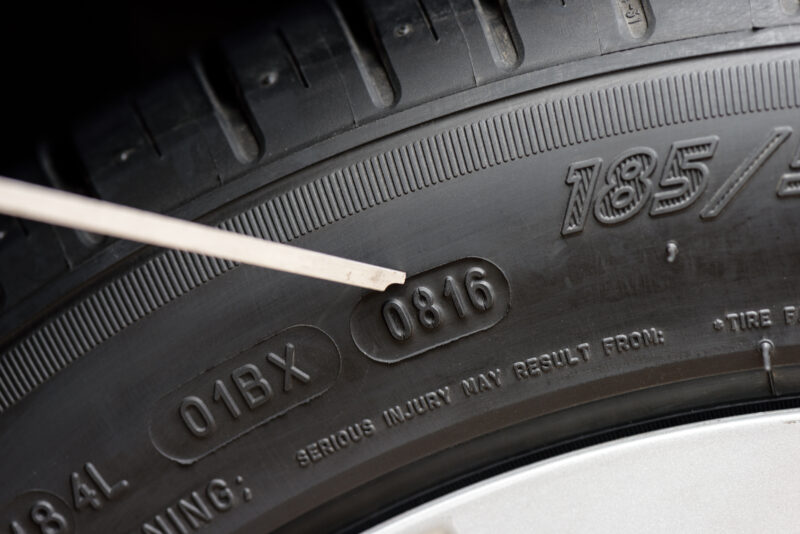
Every tyre has a date stamp consisting of four (in most cases – but we’ll get to that) digits. And while the numerical value may seem arbitrary at first glance, there is in fact meaning. Take the image above and the ‘0816’. That means, quite simply, the tyre was manufactured during the 8th week of 2016. If the number was 3820 it would mean it was made on the 38th week of 2020, so on and so forth. If, however, the number only carries three digits, it means the tyre was made before the year 2000. Those tyres need to be recycled post haste. As for how old your tyres can be, the rule of thumb is – subject to the tread being good and there being no damage – 7-10 years, but that’s only a rough guide.
You crack me up
If tyres didn’t need to be flexible, they would be made out of oak. They do need to move, flex and bend though, hence being made out of rubber. However, like we mentioned with the section on age above, good tyre tread isn’t everything. The low points in the tread pattern are just as important, as are the sidewalls. If you’re looking at a car that sports tyres with cracked tyre walls, they are going to need to be replaced. Even more so if the tyres are cracking in the low spots on the tread face. Cracks are signs of age, but also points of weakness. As a tyre gets hot, the cracks can cause sudden and dramatic failure with no warning. With deadly consequences. Cracked rubber? Recycle and replace.
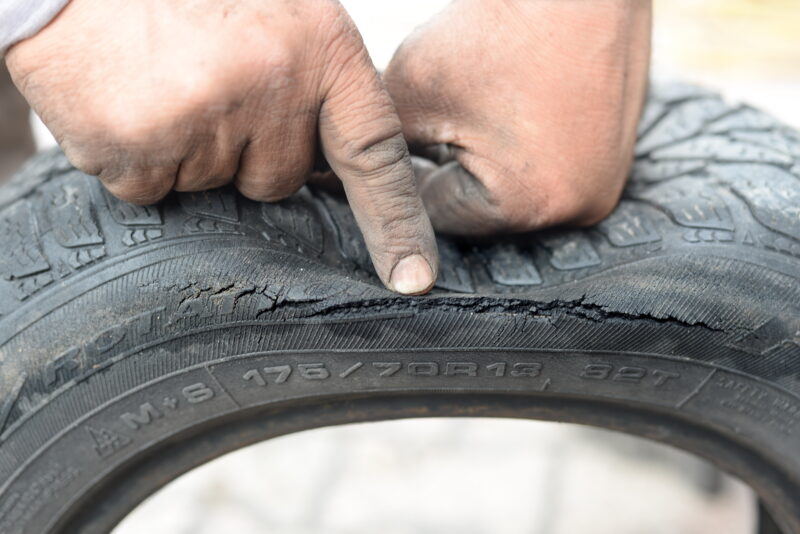
Four seasons in one… tyre
Here in the UK we are rubbish at adopting tyres for different seasons, though in our defence, we perhaps don’t see the seasonal swings other countries do. However, there is merit to running a set of winter tyres on your daily driver, as the rubber is of a different compound that performs better in cold conditions. Not only that, winter tyres are better geared for wet weather- it’s not just snow and ice. We have had hands on experience of testing seasonal tyres at Silverstone on the track’s skid pans and water pads, and they do make a massive difference. The same can be said for all season tyres, which are often a good way to go for classic cars.
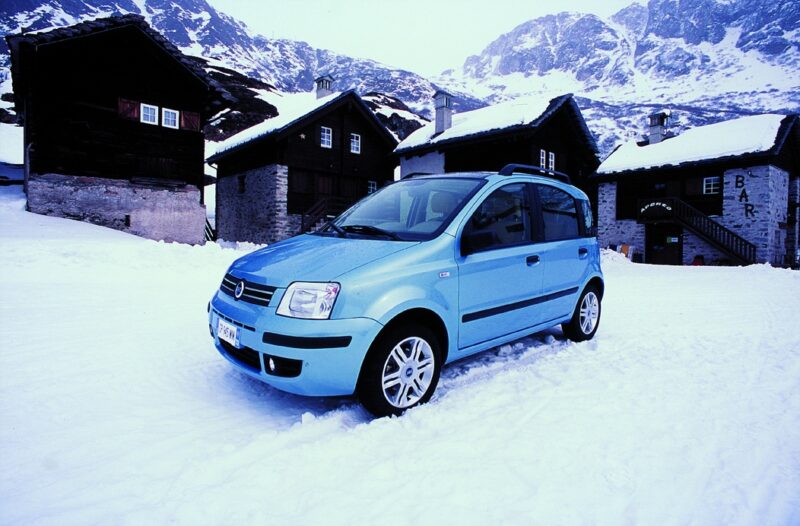
It’s understandable, of course, if you just run summer tyres on your summer use classic. But just remember that they simply won’t perform as well as they could in winter. The rubber compounds in summer tyres aren’t designed for the extreme lows of winter, and the tread patterns often don’t favour adverse wet or wintry weather. For a car you use in all seasons, however, a set of winter wheels with season appropriate tyres is a good idea. Or, for all year peace of mind, a good all season tyre.
Balancing act
Unless you’re replacing a nearly new tyre because of damage or a puncture or something along those lines, never, ever mismatch tyres across an axle. Ideally, you should change all four at once, but that’s not always possible. You should never replace one single tyre though. It can impact the handling, the grip and the braking of your car dramatically. You need your tyres across an axle to match, so that grip and road holding is equal. If you don’t, you could find yourself in a sticky situation. You should also make sure your tyres are fitted correctly, as they may be directional – meaning they are designed to roll predominantly in one direction. Look at the sidewall of the tyres, as there will be instruction there for the direction, along with whether the tyre wall should be pointing inwards or outwards.
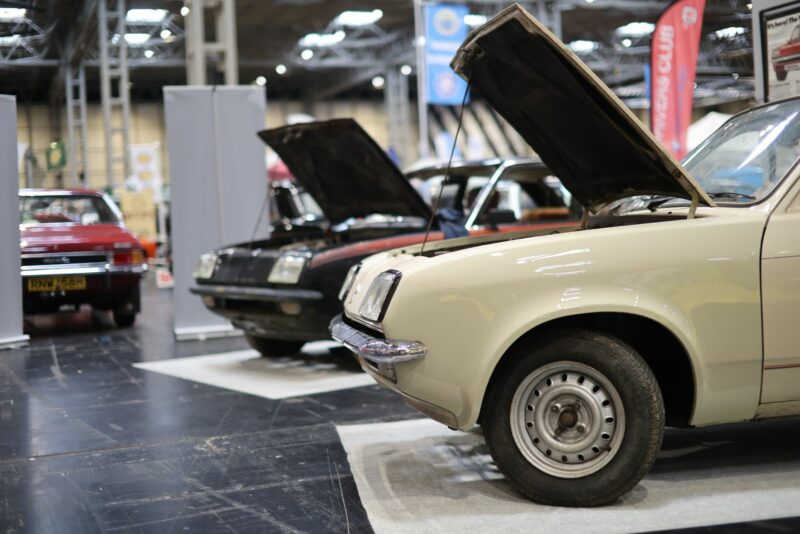
Retro style
Let’s not beat around the bush, cross-ply tyres are rubbish. They need an innertube, they hate the rain, they tramline like it’s going out of fashion and they’re really rather expensive for what they are. But if you own a vintage or classic car, and you want it to look right, you have to use them, right? You can’t go putting radial ply tyres on there, it’ll look wrong. Or will it? There are specialist tyre companies as well as some big names like Michelin that make tyres with a cross-ply aesthetic that are actually radial ply by design. This means better road holding, better wear, more grip and longer life. The biggest names in the field are Blockley and Longstone, who both have modern made options for cars dating back to pre-war. Technology once again proves hugely beneficial to classics.

Cheap thrills
Finally, don’t cheap out. It can be tempting, we know. Tyres are not sexy, they are not exciting and they are not fun. But they are so, so important. They are, as we stated at the beginning, your connection to the road. They are the most important part of your car when it comes to safety, handling and enjoyment. You can’t have any of those things if you don’t feel like you have a firm grip of the road. We’re not saying you need to buy the most expensive rubber out there, but we are saying you need to go for a well known, proven brand. If you’ve never heard of brand x, ignore. Don’t, however, automatically dismiss all brands. Some, like the often mocked brands from China, are actually very good and meet EU standards. This writer is a massive fan of Falken, with most of my cars wearing their offerings, but you can choose whatever you like. Just don’t cheap out, don’t buy part-worns (how do you know they didn’t come off a wrecked car?) and don’t leave it until your current tyres are bald. Be safe.

